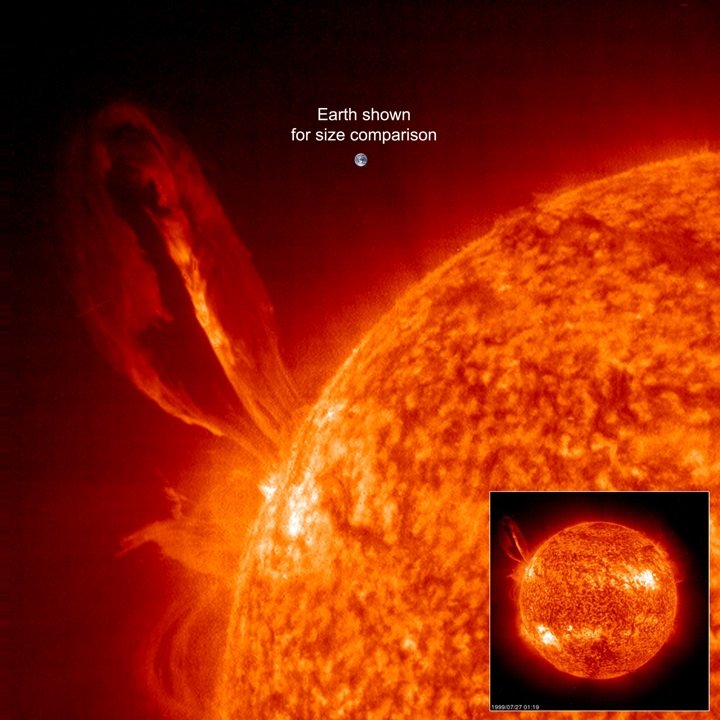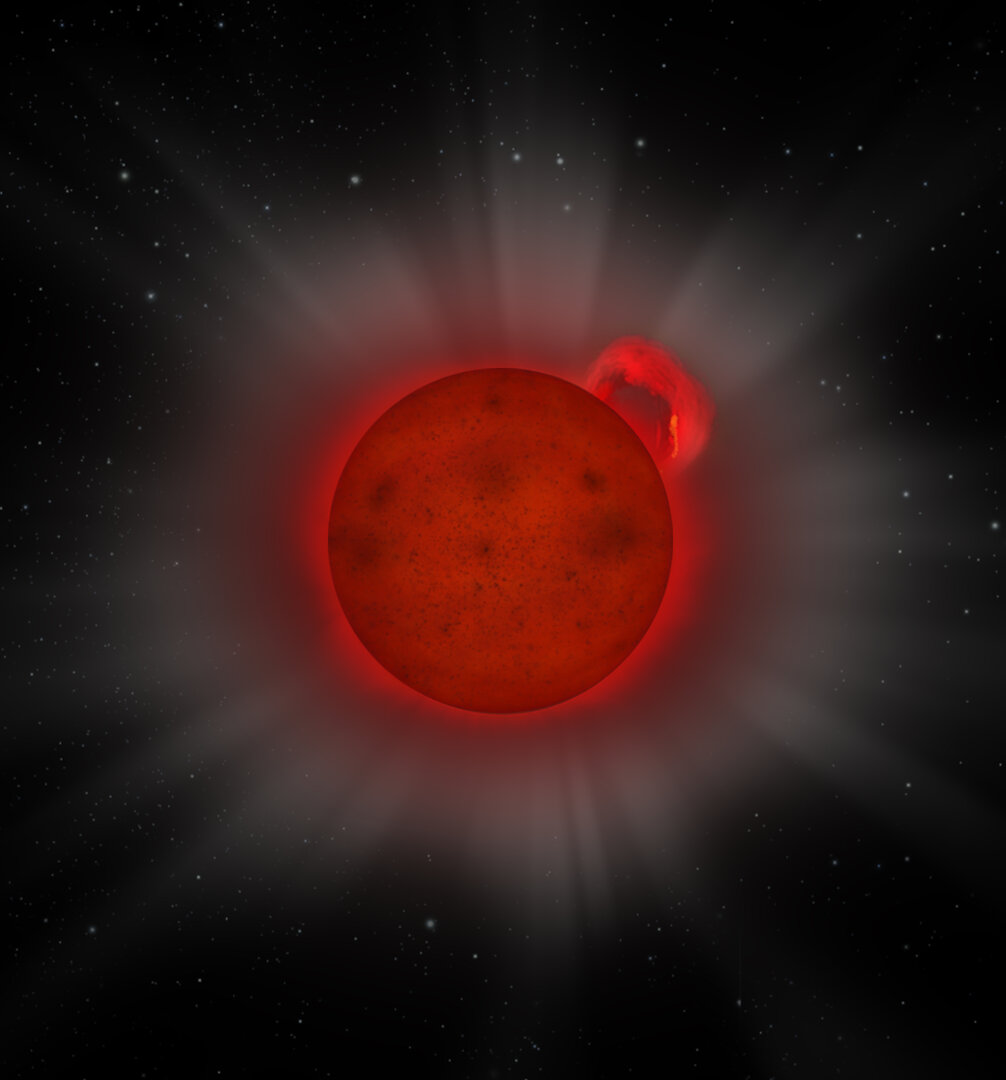Sometimes, even small stars can pack a mighty punch. And in the case of a flare star, the results can be awesome. Very awesome.
Astronomers uncovered just such an anomaly recently, culling through data from the European Space Agency’s XMM-Newton orbiting X-ray observatory: the first X-ray flare from a distant cool L-dwarf type star.
Said energetic X-ray flare star was spotted by the XMM-Newton orbiting X-ray observatory in 2008, and was only recently uncovered in the archive as a result of the Exploring the X-ray Transient and variable Sky (EXTraS) project, which looks at the variability of X-ray sources in the XMM-Newton data. The immense distance for the L-dwarf flare suggests it was an intrinsically luminous event.
Researchers published an account of the powerful flare star in the February 2020 journal Astronomy and Astrophysics paper entitled EXTraS Discovery of an X-ray Superflare from an L Dwarf.
First spotted by the European Photon Imaging Camera (EPIC) in 2008, this powerful flare in the X-ray lightcurve presented researchers with a puzzle, as such a energetic flare shouldn’t be possible, coming from such a tiny star.
The rogue flare star in question is J0331-27. The phone number-esque moniker denotes its position in the sky at right ascension 3 hours, 31 minutes and declination -27 degrees, in the southern hemisphere constellation of Fornax the Furnace. Located 240 parsecs or 783 light-years distant, J0331-27 is a low-mass L-dwarf star, a lightweight at only eight percent the mass of our Sun.
Seeing such an energetic X-ray flare from a low-mass star like J0331-27 is a conundrum. With a surface temperature of 2,100 Kelvin (around 3,200 degrees Fahrenheit) versus our Sun’s 6,000 Kelvin, such an object would not exhibit strong enough ionization to pump its magnetic field with sufficient charged particles for such a burst.

“This is the most interesting scientific part of the discovery,” Says Beate Stelzer of the Institut für Astromonie und Astrophysik Tübingen in Germany in a recent press release. “We did not expect L-dwarf stars to store enough energy in their magnetic fields to give rise to such outbursts.”
Of course, more massive red dwarf stars are no stranger to super-flares. Powerful flares had been spotted from low-mass stars in the past, but such an energetic X-ray burst as seen radiating from J0331-27 was a first. Seeing such a burst was also significant, as while optical bursts typically come from deep down in a star’s atmosphere, such a powerful x-ray burst would typically come from higher up, suggesting an energetic and complex magnetosphere.
There is, however, one tantalizing twist to the tale. XMM-Newton observed J0331-27 for 40 days… and except for this powerful flare, it was quiet. While most flare stars exhibit several bursts leading up to a big event, it seems that J0331-27 built up silently, leading up to one almighty outburst.
For now, researchers are scouring the data, looking for more examples similar to J0331-27. The EXTraS project is led by Andrea De Luca of the Istituto di Astrofisica Spaziale e Fisica Cosmica (INAF) in Milan, Italy, and looked at over 400,000 X-ray sources uncovered by XXM-Newton over a 13 year span.
“There is still much to be discovered in the XMM-Newton archive,” says De Luca in the recent press release. “In a sense, I think this is only the tip of the iceberg.”

Launched 1999, the XMM-Newton X-ray observatory is still operational, and has provided an amazing dataset of the X-ray sky for astronomers to dig through. And as curious low-mass stars such as J0331-27 have shown us, it’s a Universe that is still full of surprises.

